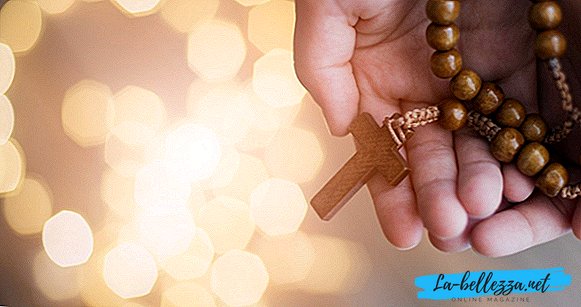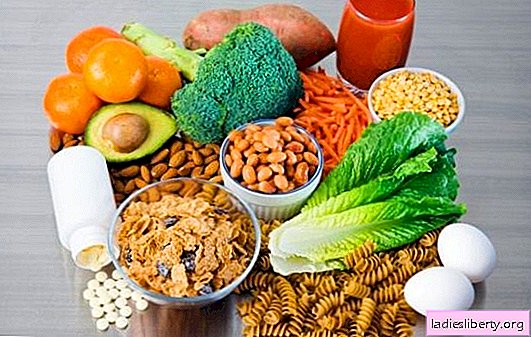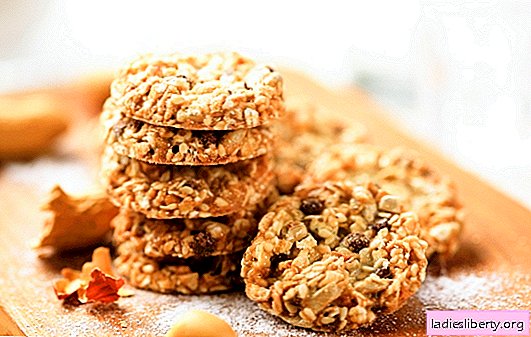
Mastitis is most often an infectious inflammation that affects the tissues of the nipple or breast. In response, a woman's breast sensitivity to pressure increases. Breast infections pose a threat not only to the life of the mother, but also to the infant.
How do pathogens enter the mammary gland?
Approximately 1% of all women suffer from breast infections after childbirth. The sucking and saliva of a child injure the nipple and nearby tissues. Therefore, women often have sore skin in this area when breastfeeding. Injuries and skin changes allow bacteria to migrate along the milk ducts, reach the inside of the mammary gland and cause inflammation.
Bacteria enter the mammary gland either from the baby’s mouth or from the mother’s body. Transmission of pathogens is stimulated by breastfeeding.
With prolonged intervals between individual doses of milk, the risk of breast infections increases by 32%.
Inflammation of the mammary gland is manifested by pain, redness and overheating of the affected breast. Often the temperature rises to 40 ° C, which is accompanied by chills and severe malaise.
What are the risk factors?
The main risk factors are pathologically dilated milk ducts, warts or cysts and nodules in the mammary gland. Fibrocystic changes most often increase the risk of breast infection.
Less significant factors:
- hormonal changes (hormone replacement therapy for menopause symptoms);
- taking sedatives;
- thyroid disease;
- smoking cigarettes.
Mastitis has a high risk of relapse, i.e. the disease may appear again even after complete recovery.
Recurrent diseases lead to the formation of fistulas - connecting passages between the focus of inflammation and the surface of the skin.
Is it possible to prevent breast infections?
To prevent postpartum mastitis, it is enough to adhere to 4 recommendations:
- wash nipples daily with clean water (without soap that irritates the skin);
- completely abandon cleaning and disinfectants in the chest area, as they cause skin irritation;
- after breastfeeding, allow the last drop to dry on the nipple, since breast milk forms a protective film on the skin;
- use special breast pads after each lactation.
What if there are signs of infection?
If inflammation of the mammary gland has occurred, it is first recommended to apply general measures: cooling the chest and compresses. It is also important to regularly empty the milk by breastfeeding the baby. A break in breastfeeding is currently not recommended by doctors. In order not to burden the baby with bacteria during lactation, additional antibacterial therapy with penicillin is sometimes recommended.
Again, a break in breastfeeding is not necessary because antibiotics are found to a limited extent in milk.
In rare cases, the disease can lead to the development of a larger pus (abscess) in the chest.
Mastitis that occurs independently of breastfeeding is very rare. It is also caused by pathogenic bacteria that invade glandular tissue. How exactly this happens is not fully understood.
Mastitis, which is not dependent on childbirth, usually causes fewer symptoms. Fever and general malaise are extremely rare. However, the disease also leads to redness and hardening of the affected breast. Rarely, large purulent abscesses develop.
What medications can help with breast infections?
Mastitis treatment is also carried out by external applications - cooling and special compresses. General measures are often prescribed with bromocriptine.
Bromocriptine is a blocker of the female hormone prolactin, which effectively reduces the activity of glandular tissue.
If drug therapy is not enough, you can use antibiotics at the discretion of the doctor. The use of anti-inflammatory drugs, for example, with diclofenac, promotes tissue healing. In the presence of pus and fistulas, an operation procedure is inevitable.











